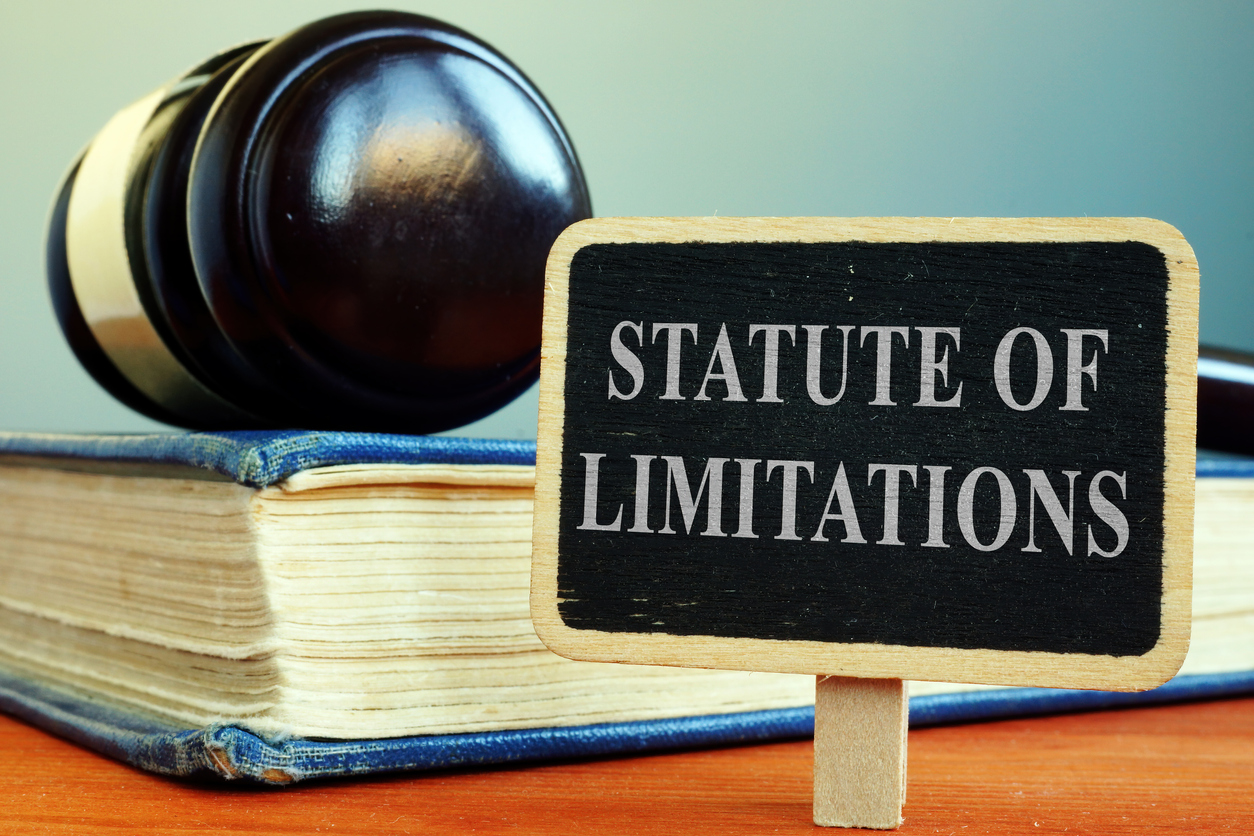Plaintiffs owned a home in Arizona insured by Metropolitan Property and Casualty Insurance Company.1 The “Wallow Fire” occurred near the property and consumed the plaintiffs’ detached garage. It also burned the vegetation on a nearby hill. A month after the fire was contained, a mudslide on the hill destroyed the house.
Plaintiffs’ insurance policy covered direct loss by fire but excluded coverage for water damage and earth movement, including mudslides. Plaintiffs sought to recover insurance proceeds for the garage and the home. The insurance company covered the garage, but denied coverage on the home because it attributed the loss to flood water and earth movement. Plaintiffs claimed that the loss of the home was due to fire, thus covered and brought suit. The court eventually granted the insurance company’s motion for summary judgment and plaintiffs appealed.
In deciding issues of causation, Arizona does not follow the “efficient proximate cause” doctrine.2 Arizona requires that all fire insurance policies conform to a standard policy which provides coverage “against all direct loss by fire, lightening and by removal from premises endangered by the perils insured against in this policy.”3 This is based upon New York’s standard fire policy of 1943.4 So the question for the court was whether the mudslide that damaged the house was directly caused by fire. The court looked to treatises for a definition of “direct,” along with New York law.
Loss by fire within the policy’s coverage is not limited to fire damage; rather, all losses are covered which are directly, proximately, or immediately caused by a fire or combustion. In other words, the damage for which fire insurers are liable is not confined to loss by actual burning and consuming, but they are liable for all losses which are the immediate consequences of fire or burning, or for all losses of which fire is the proximate cause. This follows from the fact that the fair and reasonable interpretation of a policy of insurance against loss by fire will include with the obligation of the insurer every loss which necessarily follows from the occurrence of the fire, to the amount of the actual injury to subject of the risk, whenever that injury arises directly and immediately from the peril, or necessarily from incidental and surrounding circumstances, the operation and influence of which could not be avoided.5
Fire insurance is intended to cover every loss, damage, or injury proximately caused by fire, and every loss necessarily following directly and immediately from such peril or from the surrounding circumstances, the operation and influence of which could not be avoided.6
Plaintiff produced evidence that no mudslides or flooding had occurred on the property before, that mudslides are often caused by wildfires, and that rains were not heavy the year of the loss. In another case, the court had found that water used to extinguish a fire caused mold and was covered under a fire policy even though coverage for loss due to mold was excluded.7 The finding of summary judgment for the insurance company was reversed.
We often see multiple causes of loss in a single claim. It is important to contact a professional and see what the law is in your jurisdiction.
1 Stankova v. Metropolitan Prop. and Cas. Ins. Co., 788 F.3d 1012 (9th Cir. May 29, 2015).
2 Millar v. State Farm Fire & Cas., 167 Ariz. 93, 804 P.2d 822, 826 (Ct. App. 1990).
3 A.R.S. Sec 20-1503; N.Y. Ins. Law Sec 3404 (emphasis omitted).
4 Id.
5 Throgs Neck Bagels, Inc. v. GA Ins. Co. of New York, 241 A.D.2d 66, 671 N.Y.S.2d 66, 69 (App.Div. 1998) (quoting 10A Couch, Insurance 2d Sec. 42.30).
6 Liristis v. Am. Fam. Mut. Ins. Co., 204 Ariz. 140, 61 P.3d 22, 27 (Ct. App. 2002) (quoting 5 John A. Appleman & Jean Appleman, Insurance Law & Practice Sec 3082 (1970)).
7 Liritis at 26.



